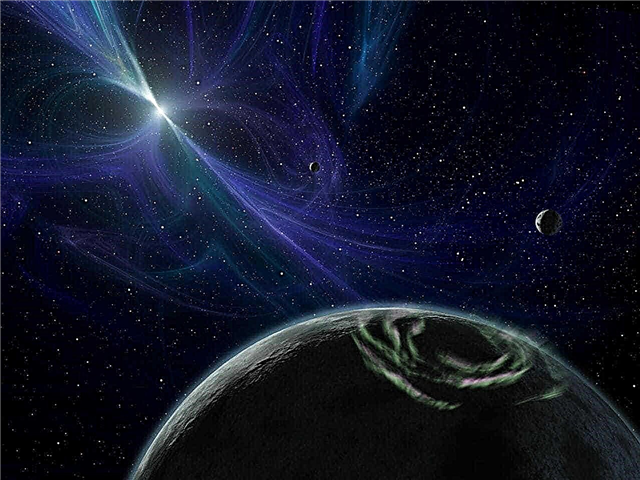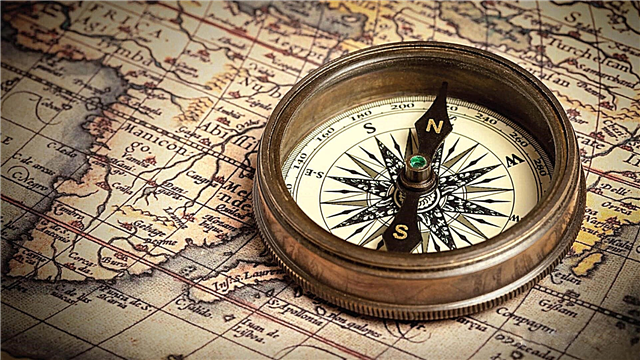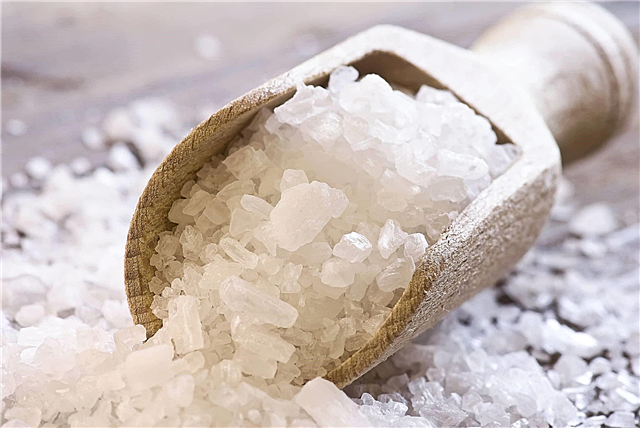
The sea is called the salt reservoir, which communicates with the ocean. Others, however, turn out to be separated from the ocean only by systems of islands or by lines, practically other conditions.
But be that as it may, there are about 90 seas in the world, they can be large or small, have different degrees of isolation from the oceans. It is worth considering the 5 largest marine reservoirs to appreciate the greatness of nature.
Fifth place - Tasman Sea

This sea is named after Abel Tasman, the navigator, and it is located in the southern hemisphere of the planet. Its depth reaches places of the order of 5 km, and area extends over 3,340,000 km². It is located between the islands of New Zealand and Australia, it is considered deep-sea, and it is noteworthy that in different areas it can have completely different flora and fauna.
Fourth Place - Coral Sea

The fourth largest sea in the planet belongs to the Pacific Ocean, having area 4 791 000 km². It also borders Australia, also in contact with the archipelagos of New Caledonia, New Guinea. Its depth is even more significant in places, reaching 9 km. Its name is not accidental; it really abounds in coral islands and reefs that do not stop growing and multiplying in bright sunlight.
The place is frankly dangerous for navigation, but attractive due to the numerous and interesting flora and fauna that lives on reefs. The largest coral reef of the planet is also located here, this is the Great Barrier Reefwhere endemic species live, including rare sea turtles.
Third place - Arabian Sea

The three largest seas of the planet are opened by the Arabian Sea, located at the junction of lithospheric plates, and representing a completely unique formation. Its depth is not so great, reaching "only" 4 km, but area is 4.8 square meters. Km. This huge body of water belongs to the waters of the Indian Ocean; Pakistan and India, as well as Iran and Djibouti, have access to it. Here is the island of Somalia and the Maldives. The Arabian Sea is characterized by increased salinity due to active evaporation, it also has a rich underwater world, exceptional flora and fauna. This sea has been of great importance to humanity at all times, because trade routes were laid along it. Today it is also an invaluable recreational resource, attracting many tourists.
Second Place - Philippine Sea

Having area of 5.7 million km, this sea is the second largest planet on its surface. This is a coastal sea with a depth of 11 km, and the Mariana Trench, the deepest place on the planet, is located here. It is separated from the general water mass of the Pacific Ocean by groups of islands - the Philippine Islands, about. Taiwan, the archipelago of Japan. Many fish live here, including tuna, which is considered especially valuable. At the bottom of this sea, mysterious ruins have been discovered that are still being explored by experts. This is a unique body of water without clear boundaries due to the fact that it is limited mainly to islands.
The biggest sea in the world

Sargasso Sea - the largest sea in the world. That it is considered the largest on the planet, having a varying an area of about 6-7 million square meters. Its area is subject to changes due to sea currents, either filling it or taking water. It has no coast at all, and it is limited to sea currents, but it is still possible to distinguish its waters in the ocean. This sea is inhabited by a huge amount of algae that float on the surface, turning the pond into a green field. Each square kilometer of local waters contains about two tons of algae. The depth of the reservoir can reach 7 km. Special conditions for the development of algae are created by lighting and the temperature of the water, which approaches 30 degrees. There are many seas on the planet, they can be small and large, expanding and exciting new territories and dying. One of the drying up seas is the Aral Sea, which cannot be fully called the sea, since it has no obvious access to the ocean, and scientists suggest only an underground connection with the Caspian Sea, the Black Sea, which overlooks the Mediterranean, and thus gets access to the ocean. Many scientists believe that in the past this pond occupied much more territory, connecting directly with the Caspian, and some data prove this fact. But at the moment, its area is greatly reduced, and he faces complete drying out. Human activity, rainfall, climate, the movement of lithospheric plates - all this is reflected in the fullness of the seas, and the appearance of our planet is constantly changing - albeit at a slow pace.And it is possible that after some time other large bodies of water will become the largest seas.












